
How To Clean A Radiator Inside
Dust is unavoidable, it gets everywhere in our homes, and we all should know what that feels like.
Dust is comprised of things found within your home. A matter like animal hair, pet dander, textile fibres, paper fibres, human skin cells, human hair, and food particles are just a few of the materials that make up indoor dust.
Every time you open a door into your home, you are also allowing access for dust particles to come in as well.
Dust can become the perfect breeding ground for insects and allergens. If inhaled the particles can be harmful to humans and may cause allergic reactions or allow illness to breed.
See Blog – Can You Be Allergic To Central Heating Radiators
See Blog - Are Dust Mites Harmful
Even after a thorough cleaning session dust still finds its way to the innermost reaches!
YES - One being inside the radiator and behind it!
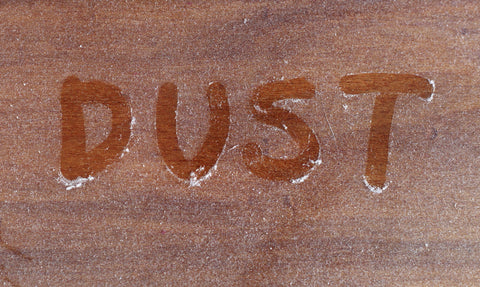
Have you ever checked behind and inside your radiators?
Did you know?
One of the most common reasons for a cold room is not bad insulation but it is having dirty radiators!
As well as wiping the parts of the radiator you can see, it is important that you clean between the fins of the radiator and behind it as this is where most of the dust accumulates.
Or do we ever consider cleaning our radiators?

Getting in between radiator fins can be very tricky, so it really does help if you have the correct process to carry out the job to get rid of all that accumulated dust!


We need to minimise the dust levels in our homes, but unfortunately due to the lack of access one of the main areas that should be of concern are central heating radiators.
Central heating radiators are manufactured in such a way that dust and dirt can become trapped quite easily which create ideal conditions for dust mites, mold spores and microbiological infections to flourish, creating higher levels of allergens that are then circulated via heat convection, which ultimately create poorer indoor air quality for us, especially within the winter months.
See Blog – Do Radiators Circulate Allergens
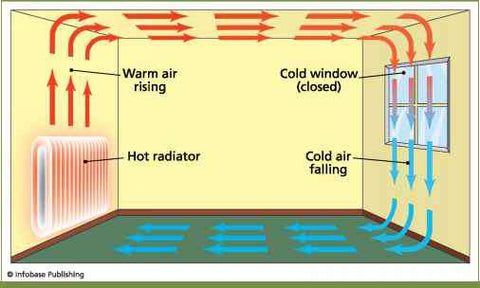
Air Quality
Air Quality is an important factor when it comes to our health and wellbeing.
We can all be vulnerable to airborne infections normally increasing during September to March which coincides with spending more time indoors.
It is now being recognised that indoor air quality is deteriorating as homes become more carbon neutral.
Dust is of great concern as it can host an array of pollutants, allergens, mould spores and chemical traces.
Covid 19 Cleaning your home
Cleaning high-touch surfaces in your home regularly is an important precaution to lower the risk of infection this should also include your radiators.
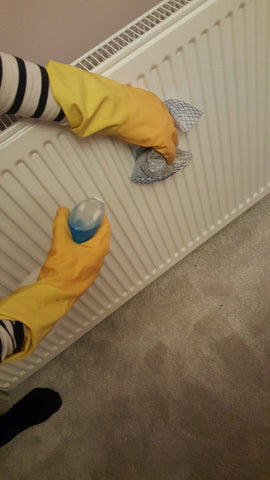
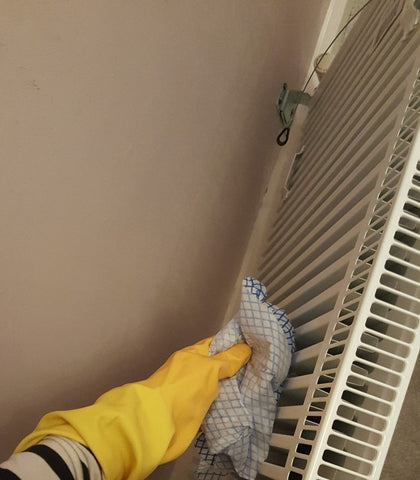
One thing that is quite common is drying your clothes on a radiator which is not recommended as when you hang wet clothes on a radiator or on a clothes horse, the water evaporates out of the fabric, this then turns into moisture in the air.
If you have not cleaned the dust away from behind and in between the fins of your radiators this could be spreading germs onto your clothes!

Also, we tend to lean against a radiator when wanting to take the chill away and make you feel warmer, just like other surfaces radiators can also carry germs if not cleaned!
Would you really want to put your clothes on radiator with a build up of all this dust and dirt?

Too much moisture in the air leads to condensation, which can form on walls, windows, mirrors or any other surfaces which the damp air comes into contact with.
Modern homes are often highly prone to condensation, as improved insulation, draught-proofing and double-glazing mean that, while they retain heat better, the air ventilation is poor.
This leads to a heavy, musty and unpleasant atmosphere which can become very unhealthy.
We recommend when cleaning you should take the precautions of wearing gloves and in some cases, if you suffer from any allergies or respiratory problems a face mask would be a good option. Make sure that you have good ventilation in your homes.
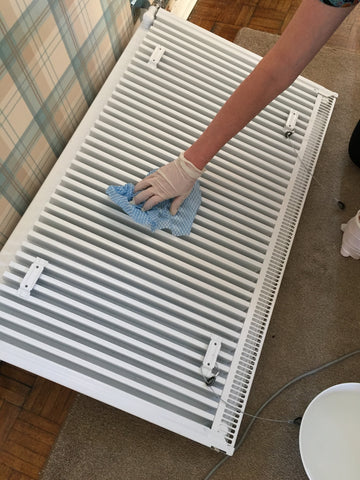
All our homes are different but common high-touch surfaces includes tables, chairs, door handles, handrails, light switches taps, toilets, kitchen and bathroom surfaces, computers, keyboards, remote controls, mobile phones and also not forgetting the radiator!
We recommend when cleaning your radiator and any other surfaces you just use a cloth and some warm soapy water to clean the dust away!
Radiators should have a good thorough all over deep clean at least once a year before we turn them on in the Autumn, to reduce dust particles that can be circulated in the air we breathe when they are in use.
Using a Radiator Brush – Is this really the best option?

The option we all tend to use is the specialist radiator cleaning brush which has to be repeatedly pushed down between the grilles and convectors down the back and in between the radiators.
The static in the brush removes the dust, but the brush will force the dust out of the bottom of the convectors recirculating it back into the air.
This really is not the ideal solution for people who suffer from dust allergies, such as asthma or respiratory problems.
Cleaning Behind and Inside Your Radiator the Rotarad Way
How to Clean Radiator Thoroughly?
Picture 1 – Remove the excessive dust and grime with a vacuum
Picture 2 – Remove any stains and very fine particles of dust with a moist cloth.
Picture 3 – Shows the amount of dirt that has been cleaned from the radiator
Cleaning Inside Your Radiator
Simply having full access behind your radiator makes it possible to use a filtered vacuum cleaner to remove the dust from inside your radiator as shown in the demonstration video.
The video shows that once the Rotarad access kit has been installed it enables full access to the base at the back of the radiator and how you can use the vacuum cleaner to clean inside the fins of the radiator.
Conclusion
The warm and humid air found in between the fins and behind the radiator is an ideal condition for bacteria to survive and thrive.
Installing the Rotarad conversion kit makes radiators fit for purpose when cleaning and decorating – A solution for superior results!
Having full access allows you to see and freely remove accumulated dust using a vacuum cleaner more efficiently and hygienically.


